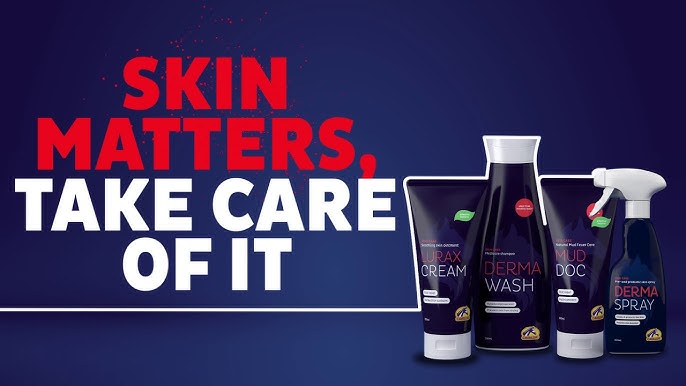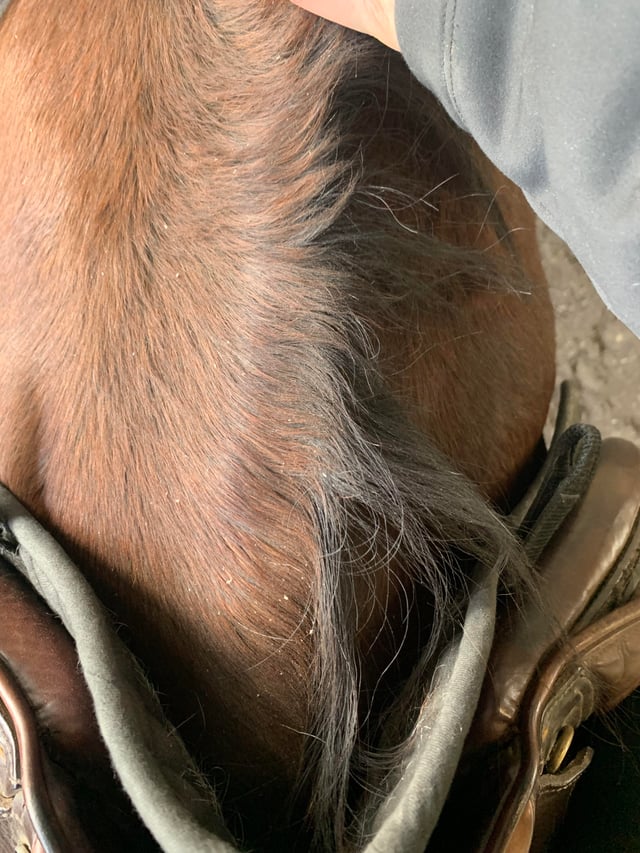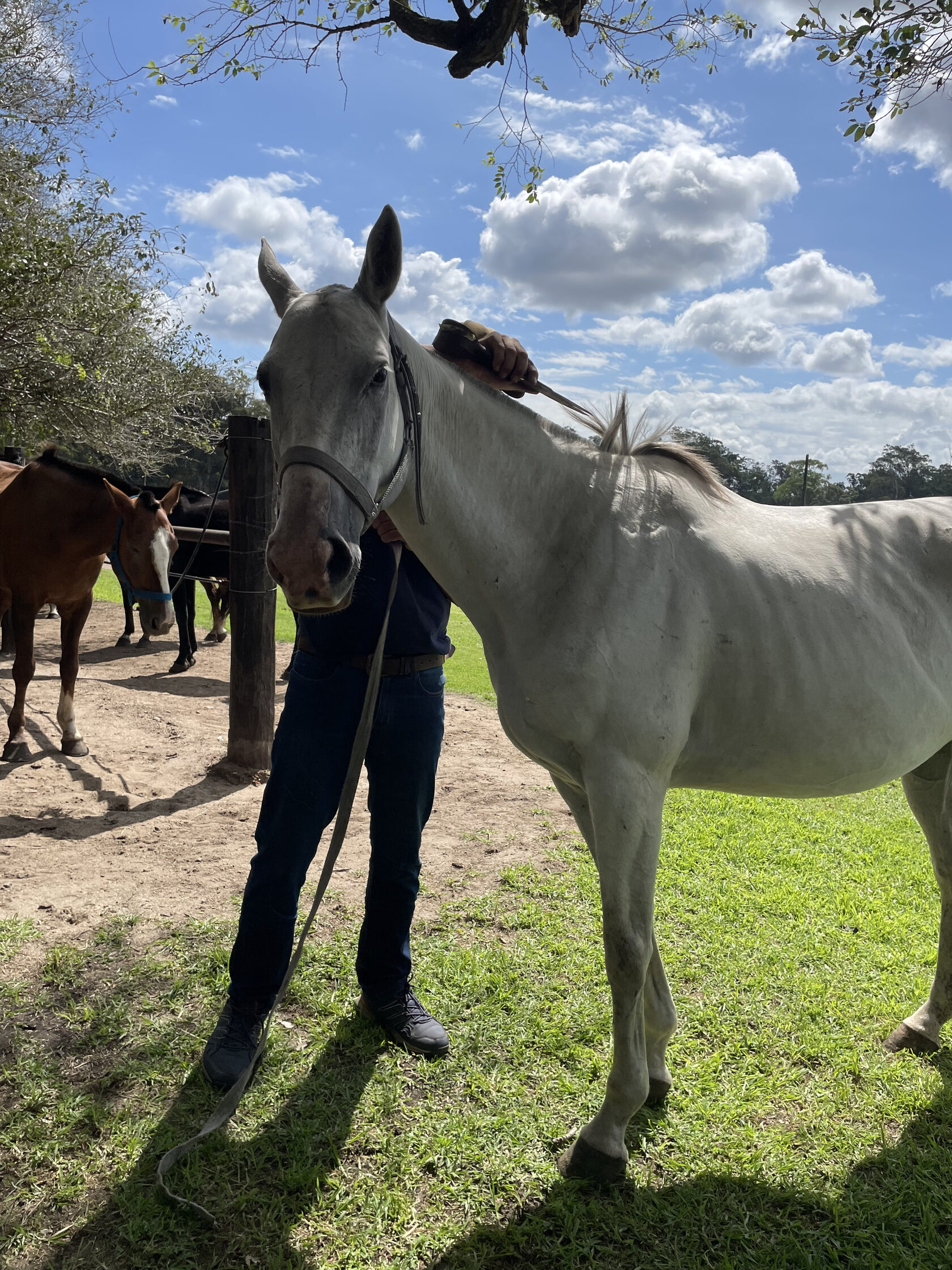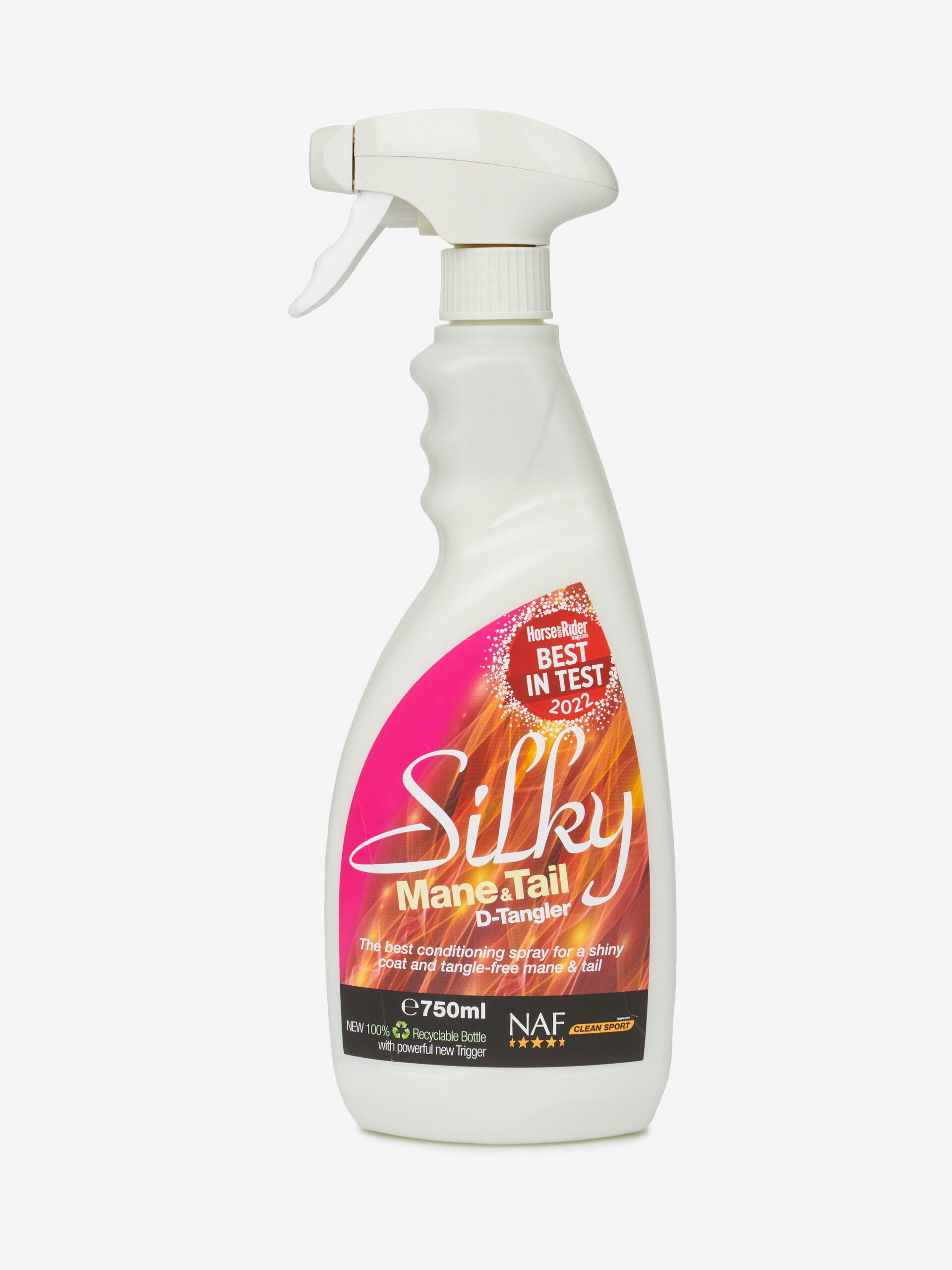How to Prevent Skin Problems in Horses

Introduction

Skin problems in horses can lead to discomfort, infections, and even long-term health issues if not properly managed. Preventing these problems is essential for maintaining your horse’s overall well-being and performance.
Common Skin Problems in Horses

- Rain Rot (Dermatophilosis): A bacterial infection causing scabby, crusty lesions.
- Ringworm: A fungal infection that creates circular patches of hair loss.
- Sweet Itch: An allergic reaction to insect bites causing intense itching.
- Mud Fever (Pastern Dermatitis): Inflammation and infection of the lower legs due to wet, muddy conditions.
- Sarcoids: Non-cancerous skin tumors that can be persistent.
Causes of Skin Problems
- Poor hygiene and grooming
- Prolonged exposure to wet or muddy environments
- Parasite infestations (mites, lice)
- Allergies to insects or environmental factors
- Nutritional deficiencies
Preventive Measures
1. Regular Grooming
- Daily brushing to remove dirt, sweat, and loose hair
- Checking for cuts, abrasions, or signs of infection
2. Proper Stable Management
- Keep stalls clean and dry
- Ensure good ventilation to reduce humidity
3. Environmental Control
- Avoid prolonged exposure to wet or muddy pastures
- Use fly repellents and protective gear to minimize insect bites
4. Nutrition
- Provide a balanced diet rich in vitamins and minerals to support skin health
5. Parasite Control
- Regular deworming and use of appropriate insecticides
Table: Summary of Skin Problems and Prevention
| Skin Problem | Cause | Prevention Tips |
|---|---|---|
| Rain Rot | Bacterial infection, wet conditions | Keep coat dry, regular grooming |
| Ringworm | Fungal infection | Maintain hygiene, isolate infected horses |
| Sweet Itch | Allergic reaction to insects | Use fly sheets, repellents |
| Mud Fever | Wet, muddy environments | Clean and dry legs, avoid mud |
| Sarcoids | Unknown, possibly viral | Monitor skin, consult vet for treatment |
FAQ
Q1: How often should I groom my horse to prevent skin problems?
A: Ideally, daily grooming helps detect early signs of skin issues and keeps the coat clean.
Q2: Can diet really affect my horse’s skin health?
A: Yes, deficiencies in vitamins like A, E, and zinc can impair skin integrity and healing.
Q3: What should I do if I notice a suspicious skin lesion?
A: Consult a veterinarian promptly for diagnosis and treatment recommendations.
Conclusion
Preventing skin problems in horses requires a combination of good hygiene, proper stable management, environmental control, balanced nutrition, and vigilant health monitoring. By following these guidelines, you can help ensure your horse stays healthy and comfortable.
This expanded content provides a structured framework for writing a detailed, SEO-friendly blog article with useful sections and practical advice.
